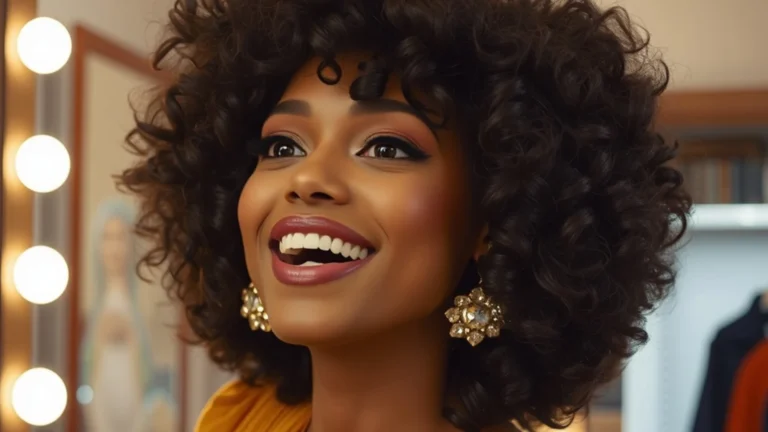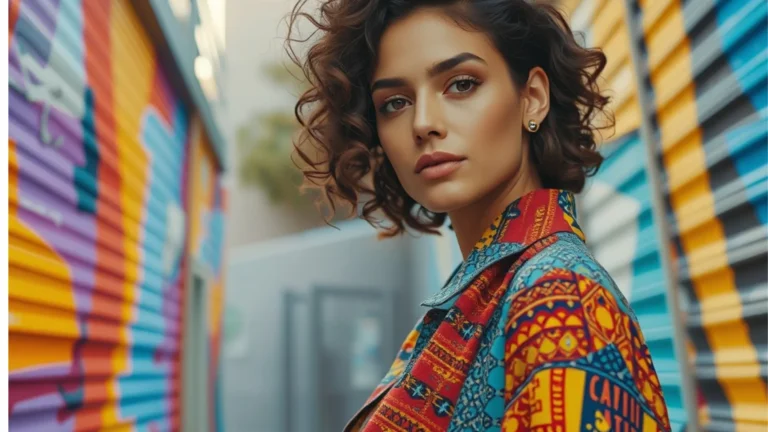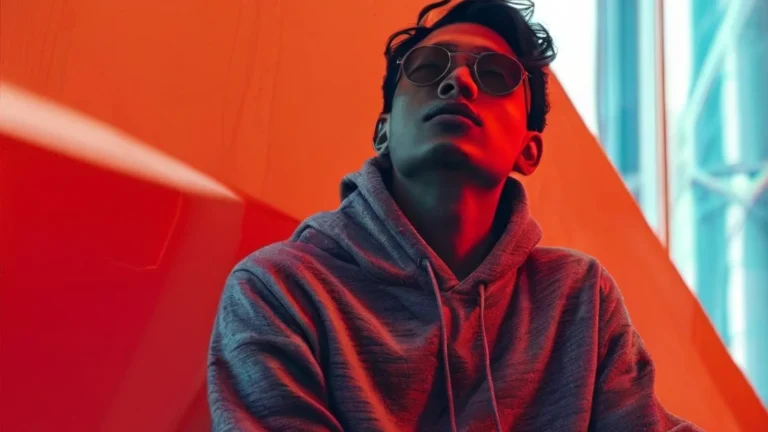Close the Buttons Gaps to Achieve a Perfect Fit
Adjust the spaces between the buttons for an ideal fit, since fashion has consistently mirrored the values and ambitions of society. It transcends mere apparel; it serves as a form of self-expression, cultural representation, and a catalyst for social transformation.
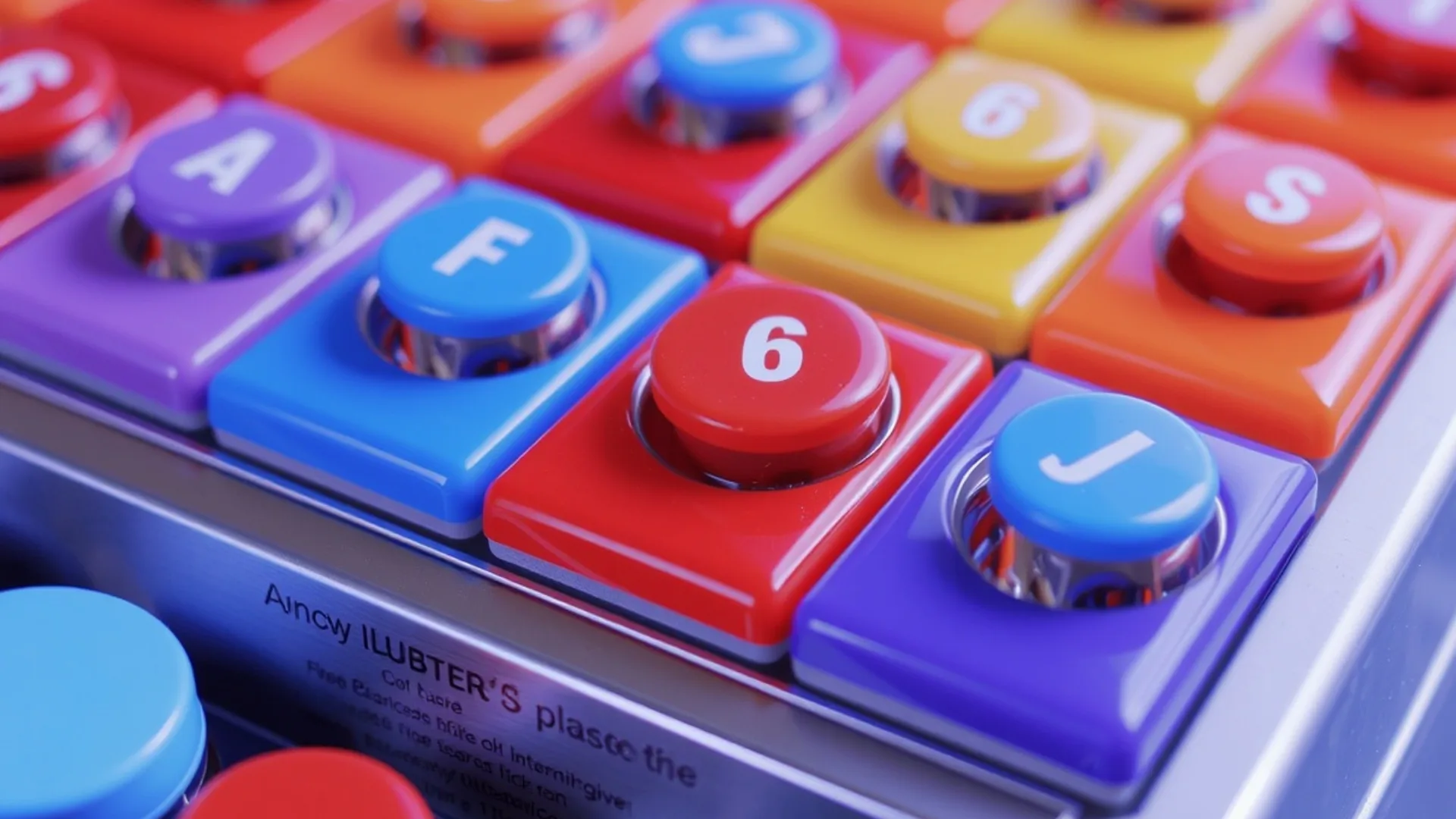
Have you ever felt the annoyance of wearing a shirt or blouse, only to discover unsightly spaces between the buttons? This common fashion dilemma can turn an otherwise stylish outfit into something that looks unkempt. But don’t worry; we’re here to assist you in resolving this issue once and for all. In this detailed guide, we’ll delve into the reasons behind button gaps and provide you with effective solutions to ensure a perfect fit.
Understanding the Button Gap Phenomenon
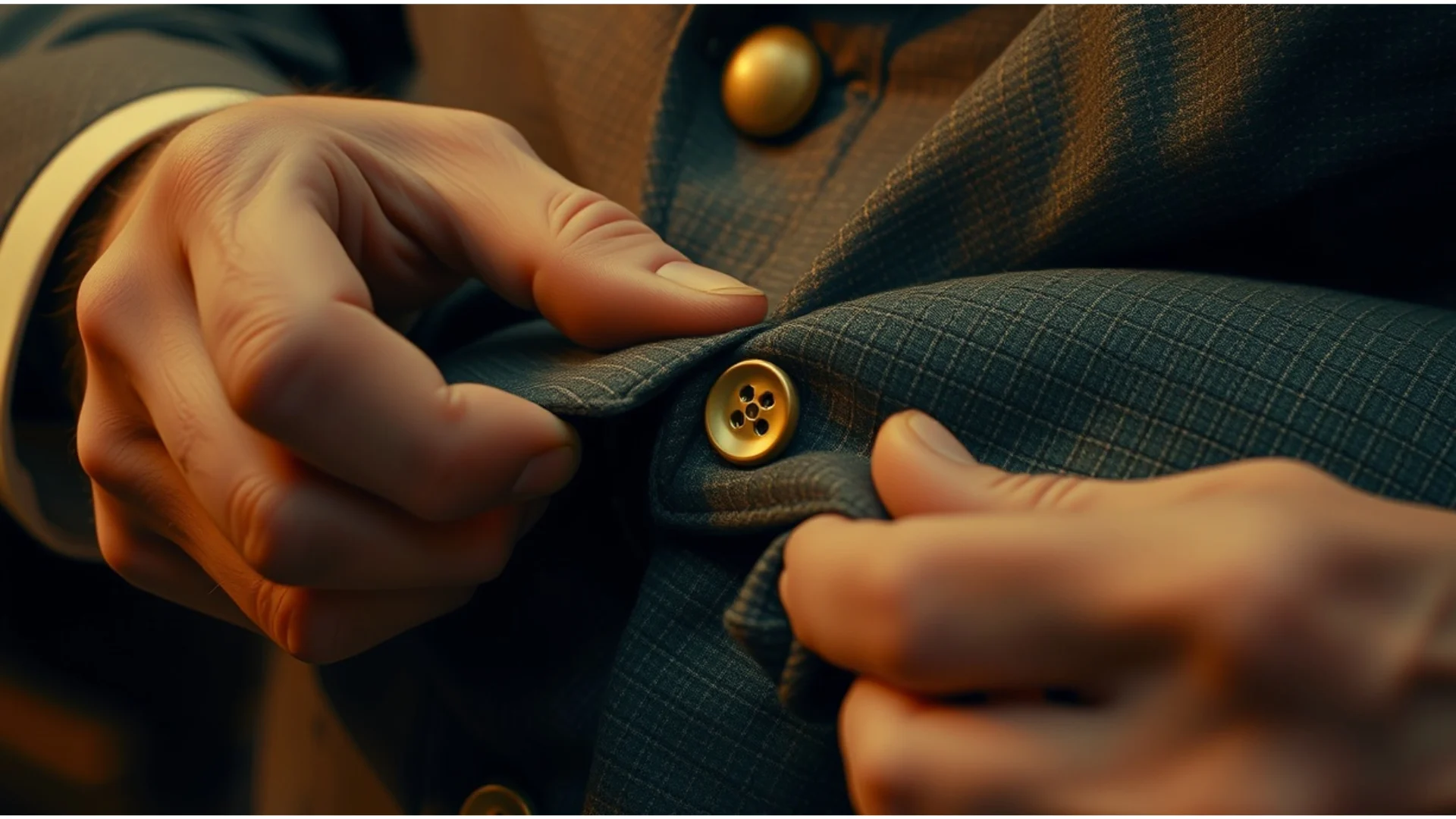
Button gaps occur when the fabric between the buttons of a shirt or blouse pulls apart, exposing gaps or skin underneath. This often happens due to a lack of stretch in the fabric or when the garment is too tight around the waist or bust. Common reasons include improper sizing, body shape variations, larger busts, or specific design features of the shirt. Choose clothing that fits better, look for fashions that have more stretch, or use hidden safety pins or fashion tape for a fast fix. There are various reasons why this could occur, such as:
incorrect sizing: Wearing a shirt or blouse that is too small for your bust size is one of the main reasons why button gaps occur. Excessive stretching causes the fabric to become tense and tear apart, leaving unsightly spaces.
Body Shape: Button gaps may be more common in people with larger busts or those whose waist and bust sizes differ significantly. Fit problems arise because traditional shirt sizing frequently does not account for a variety of body shapes.
Fabric and Construction: Button gaps may also result from the garment’s fabric type and construction. Pulling and gaping may result from shirts made of stiffer materials or that are poorly constructed with insufficient seam allowance.
Practical Solutions for a Perfect Fit
Achieving an ideal fit—be it for apparel, furniture, or lifestyle decisions—hinges on grasping the details of the item or context and making thoughtful modifications. Here are some useful strategies for various situations. To tackle this frequent clothing dilemma, consider the following tips
Choose the Right Size: Different materials exhibit varying degrees of elasticity or rigidity. For example, stretchy materials such as spandex conform easily to body shapes, whereas firmer fabrics like cotton or wool necessitate more accurate measurements. If you find yourself between sizes, it’s advisable to choose the larger option and think about alterations for a more customized fit.
Consider Tailoring: A perfect fit can be achieved with tailoring, particularly for people with distinctive body shapes. In order to eliminate button gaps and improve overall comfort and appearance, a professional tailor can modify the shirt or blouse to fit your precise measurements.
Opt for Stretch Fabrics: Look for shirts and blouses made from stretchy fabrics that provide flexibility and accommodate your body’s movements. Fabrics such as cotton-spandex blends or jersey knit offer stretch and resilience, minimizing the risk of button gaps.
Invest in Quality Construction: Choose shirts and blouses with quality construction and ample seam allowance. Reinforced seams and proper stitching techniques ensure durability and prevent the fabric from pulling apart around the buttons. Pay attention to details such as button placement and spacing to minimize gaps.
Try Different Styles: If conventional button-up shirts still don’t fit well, look into other designs that are more adaptable and comfortable to wear. Button-down tunics, wrap shirts, and pullover blouses are fashionable substitutes that offer a more accommodating fit without sacrificing elegance.
Measure Your Space: Make sure you are aware of the room’s measurements and the space that the furniture will occupy. Remember to account for delivery through hallways and doorways.
Examine Functionality: Consider the furniture’s intended usage. For instance, a sectional could be better suited for a huge family room, but a couch bed needs to be practical and small.
Adjustable Pieces: Look for furniture that offers modularity or adjustability. Sofa sections or dining tables that expand are a great option for flexible spaces.
The Impact on Body Positivity and Self-Image
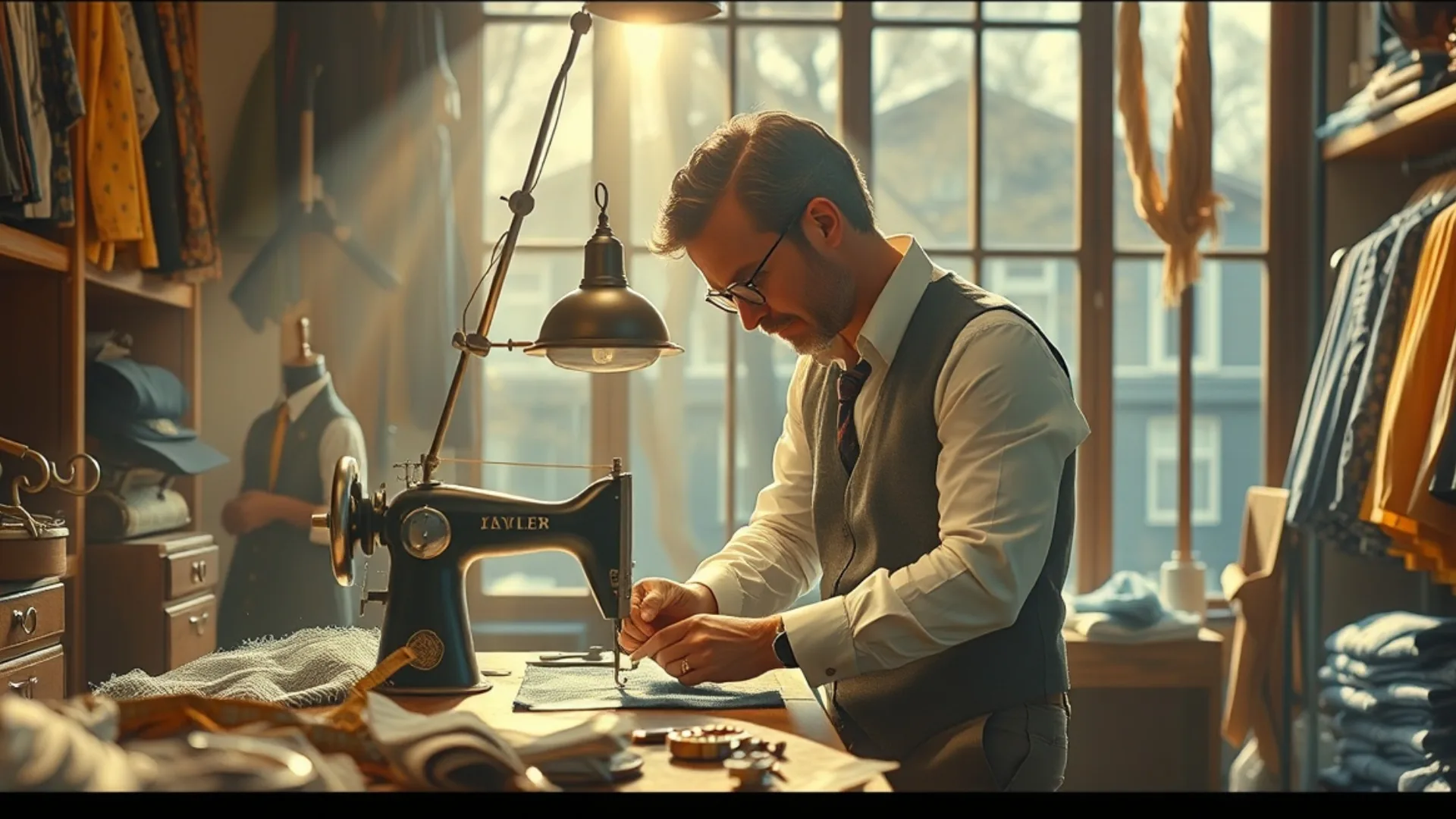
Gaps in button placement are a frequent issue, highlighting the necessity for fashion to embrace inclusivity and body positivity. When individuals struggle to find well-fitting clothing, it can negatively impact their self-esteem and body image. Additionally, the limited availability of styles for various body shapes perpetuates damaging stereotypes and beauty standards, leading to a sense of exclusion and disconnection from the fashion world.
Expanding Access to Inclusive Fashion
A critical first step in guaranteeing that people of all shapes, sizes, identities, and abilities can express themselves authentically via clothes is to increase access to inclusive fashion. With options to make everyone feel fashionable, at ease, and powerful, inclusive fashion acknowledges the diversity of body shapes, genders, and physical demands.
Furthermore, the aspect of affordability is crucial. Fashion that embraces inclusivity should not come with a high price tag. It is essential for brands to ensure their apparel is reachable for individuals across different financial backgrounds. This may involve reevaluating pricing strategies, sourcing materials ethically, and prioritizing sustainable production practices. In addition, representation plays a vital role. Inclusive fashion campaigns should feature models of diverse ages, body types, sizes, and abilities. By showcasing a range of identities and experiences, brands can empower their customers and foster a sense of belonging. Collaborating with influencers and activists who advocate for inclusivity can also enhance the message and expand its reach to a broader audience.
Educating Designers and Industry Professionals
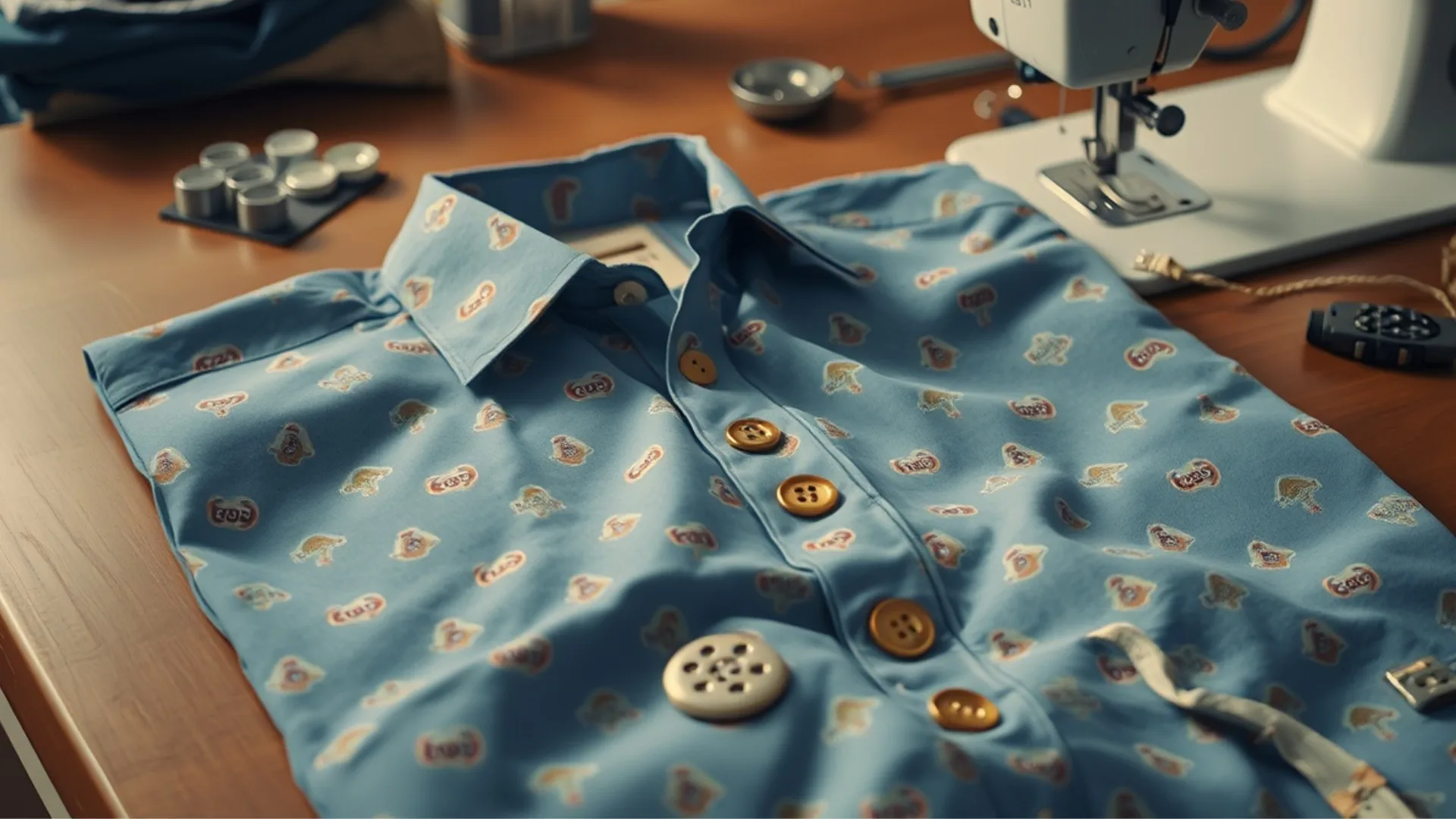
Another important aspect of closing the button gaps is educating designers and industry professionals about the importance of inclusive design. This includes raising awareness about the challenges faced by individuals with diverse body types and providing training on how to create clothing that is both stylish and accessible to all. We can guarantee that everyone has the chance to express themselves through their wardrobe without worrying about prejudice or exclusion by encouraging an inclusive culture within the fashion industry.
To promote innovation and raise the caliber of work in the design and creative industries, it is essential to educate designers and industry experts. Here are some tactics and important ideas to concentrate on, whether your goal is to improve your professional development or to offer training:
- Design Thinking: Instruct professionals to tackle issues by understanding user perspectives, articulating problems, brainstorming solutions, creating prototypes, and conducting tests. This approach encourages an attitude of ongoing learning and refinement.
- Typography, Color Theory, and Layout: These fundamental components are frequently neglected yet are vital for producing impactful designs.
- Keep Up with Tools: For designers to remain competitive in the field, it is important to stay informed about the latest hardware and software advancements. Proficiency in industry-standard applications like Adobe Creative Suite, Figma, and Blender is essential.
- AI and automation: Designers should be made aware of how AI and automation might improve processes, such as through generative design tools that stimulate creativity or AI-based design assistants.
- Workshops & Masterclasses: Organizing or participating in workshops keeps designers abreast of emerging techniques, tools, and trends.
- Online courses and certificates: Promoting professional qualifications from organizations such as interaction design institutions, LinkedIn Learning, or Coursera can increase knowledge and reputation.
Conclusion
Addressing the issue of button gaps goes beyond merely enhancing clothing fit; it encompasses fostering inclusivity, body positivity, and self-acceptance in the fashion world. By confronting conventional standards and pushing for transformation, we can cultivate a fashion environment that embraces diversity and ensures everyone feels acknowledged, respected, and appreciated. Through creative design approaches, consumer advocacy, or collective industry efforts, each of us has a part to contribute to improving the future of fashion. Let’s work together to eliminate button gaps and pave the way for a more inclusive and fair fashion industry for everyone.

